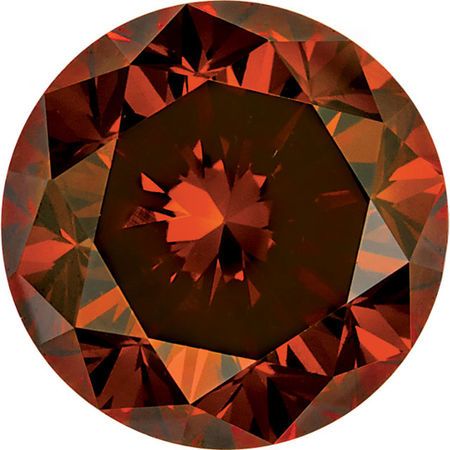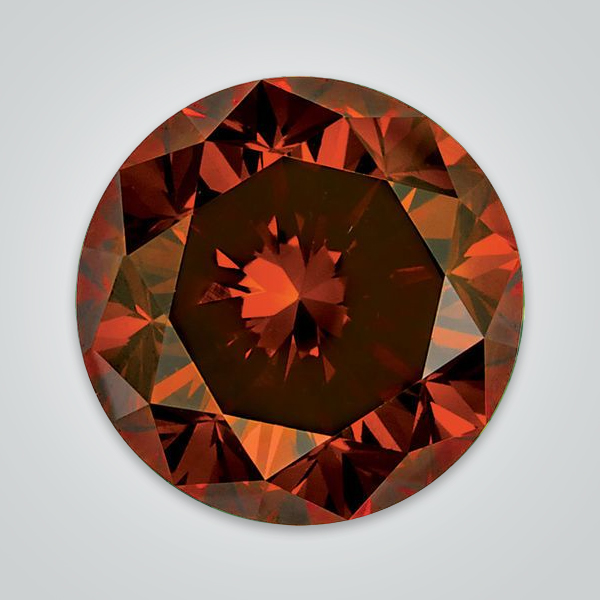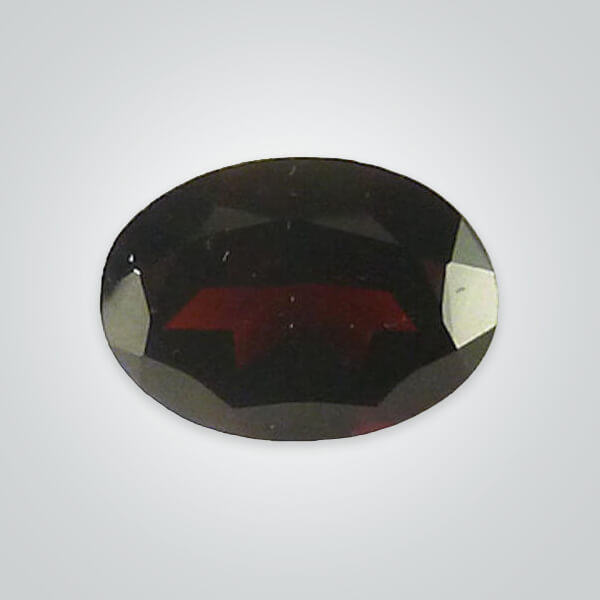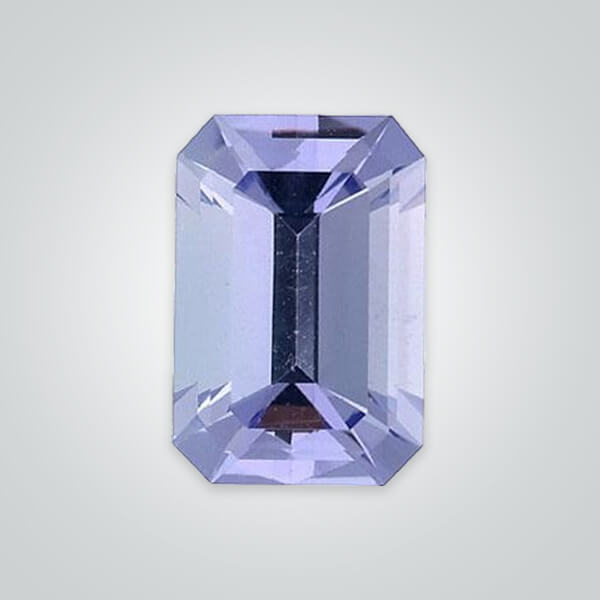Orange Diamonds
Orange Diamonds, Round
GEMSTONE DETAIL Dimensions: 1.00mm to 6.00mm Color: Intense orange color of deep tone Clarity: Slightly Included Shape: Round Make: Very Good Symmetry: Very Good Treatment: Enhanced by Irradiation
Orange Diamonds, Round
GEMSTONE DETAIL Dimensions: 1.00mm to 6.00mm Color: Intense orange color of deep tone Clarity: Slightly Included Shape: Round Make: Very Good Symmetry: Very Good Treatment: Enhanced by Irradiation

Orange Diamonds
Orange Diamonds
Natural orange diamonds are exquisite colored gemstones with traces of deep orange in some variants. Most orange diamonds have different color scales, and enhanced variants typically have a deeper appearance than earth-mined crystals.
Orange diamonds of deep color schemes are mostly unearthed in Africa’s Cape Province and regions in Brazil or Central Africa. Most orange diamonds are available in cushion, oval, princess, round, and other cuts. These gems are ideal as adornments on luxury necklaces, wedding bands, earrings, and other beautiful jewelry.
History of Orange Diamonds
Ancient India is one of the first civilizations to ever use diamonds in their regular activities. However, orange diamonds will not be popular until much later when the world’s jewelry industry demanded variety.
The rush for colored diamonds picked up steam in the twentieth century when countless customers demanded unique crystals superior to rubies and sapphires. Colored diamonds of different carat weights and cuts became widely available to customers after this period.
How to Make Orange Diamonds?
Orange diamonds get their unique color from elements present during their natural formation. These molecules absorb enough light to give its carbon crystals different shades of orange. Many orange diamonds will take a deeper color over time if they possess an enormous amount of coloring elements in their structure.
Uses of Orange Diamonds
Orange diamonds are useful as adornments on decorative detailing and jewelry pieces. Natural and enhanced orange diamonds are not suitable for use in lasers, lenses, cutting tools, or other purposes.
Chemical Properties of Orange Diamonds
- Hardness (Mohs’ Scale): 10
- Density: 3.5 – 3.53 g/cm3
- Refractive Index: 2.418 (@ 500 nm)
- Dispersion: Low (0.044)
- Heat Resistance: 690°C to 840°C
- Fracture: Irregular/Uneven
- Specific Gravity: 3.52 g/cm3
Maintenance Tips for Orange Diamonds
Orange diamonds are attractive and could be the perfect inclusion to your jewelry collection. However, you’ll need to perform regular maintenance on your orange gemstones to preserve their glitter and keep them attractive. Some of the most common ways to maintain your orange diamonds include:
Using an ultrasonic cleaner – Ultrasonic cleaners work with inaudible waves to wipe off dirt from gem pieces. These cleaners require experience and skill, as they might damage enhanced diamonds.
Liquid soap and water – A mix of soap and water might return the shine to your prized orange diamonds. Use a soft cotton cloth to brush on the gem’s surface, rinse, and allow to air dry.
Using a commercial jewelry cleaning solvent – Several jewelry cleaning solvents on the market might have enough concentration to remove tough stains from your gemstones. Use a piece of soft clothing to rub this solution on your diamonds.
Using a steam cleaner – Steam cleaners are popular, fast-acting and portable maintenance tools to clean diamonds and other gemstones. Rub in the steam with a dry, soft cloth or tissue paper.
Proper storage – keeping your orange diamonds away from dirt is easy with proper storage. Get a special box to place your orange diamonds in and prevent dust and grime from building up around its settings.
You’ll need to speak with your jeweler before you follow a maintenance tip to keep the glitter on your diamonds. Some diamonds are prone to damage from ammonia present in many commercial cleaning solvents. Others might disintegrate after ultrasonic cleaners encounter their surface.






